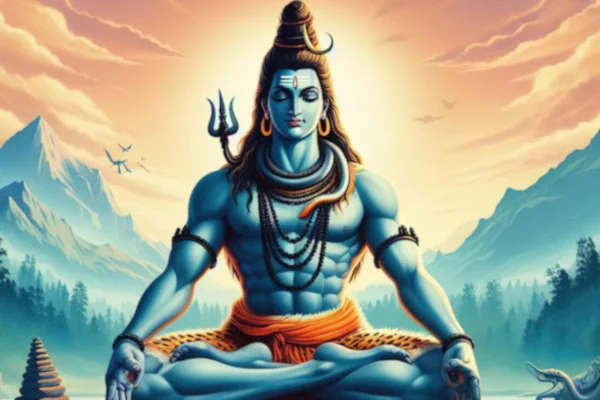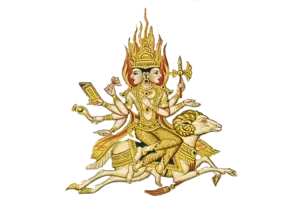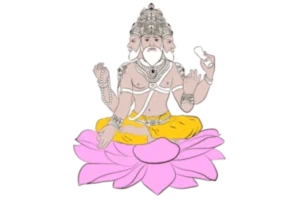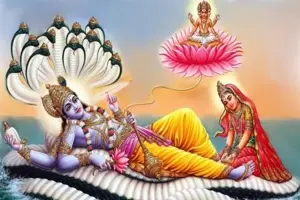
deities
Mahesh or Shiva
Abstract
Mahadev or Shiv, God of deconstruction is considered part of trinity in Sanatan religion
Shiva’s divine consort is Parvati, and their relationship is often depicted as a balance of opposites, symbolizing the union of male and female energies. Together, they have two sons: Ganesha, the elephant-headed god of wisdom and success, and Kartikeya, the god of war.Shiva is also closely associated with Shakti, the feminine principle of divine energy, and is often worshipped in the form of the lingam, a symbol of cosmic creative power.
Shiva is most often depicted in one of two forms: as an ascetic yogi meditating in the Himalayas or as Nataraja, the lord of dance. In his yogic form, Shiva is shown with matted hair (representing his connection to nature), smeared with ash (symbolizing his mastery over the cycle of death and rebirth), and with a snake coiled around his neck (representing his control over time and fear).In his form as Nataraja, Shiva performs the cosmic dance of destruction and creation. In this iconic image, Shiva dances within a ring of fire, his hair flying, symbolizing the cyclical nature of the universe. One foot is raised in a dance pose, while the other crushes the demon of ignorance.Other notable features in his iconography include:Trident (Trishula): Represents Shiva's power over creation, preservation, and destruction, Third Eye: Symbolizes his ability to see beyond the physical realm and to destroy with a single glance, Damru (Drum): Represents the rhythm of creation and destruction, the primal sound of the universe, His vehicle (vahana) is Nandi, the bull, which symbolizes strength and virility.
Shiva’s many aspects include:
Rudra: The fierce god of storms, destruction, and transformation.
Mahadeva: The great god who transcends all limitations.
Bhairava: The terrifying aspect of Shiva who is associated with annihilation and chaos.
Shiva is also known as Ardhanarishvara, where he is depicted as half-male and half-female, representing the fusion of masculine and feminine principles.
Shiva is worshipped by millions of Hindus, especially those belonging to the Shaivism sect. Some of the most important temples dedicated to Shiva include the Kashi Vishwanath temple in Varanasi, Somnath in Gujarat, and the Mahakaleshwar temple in Ujjain. The annual festival of Mahashivaratri is one of the most significant celebrations for Shiva devotees, where they honor the god with fasting, night vigils, and prayers.Shiva's worship often focuses on the lingam, a symbol of his creative and destructive power. Devotees seek his blessings for liberation from the cycle of birth and death (moksha), spiritual wisdom, and the removal of obstacles in life.
- Shiva
- Mahesh
- Destroyer
- Transformer
- Parvati
- Nataraja
- Shakti
- Lingam
- Rudra
- Mahadeva
- Ardhanarishvara
- Shaivism
- Mahashivaratri


